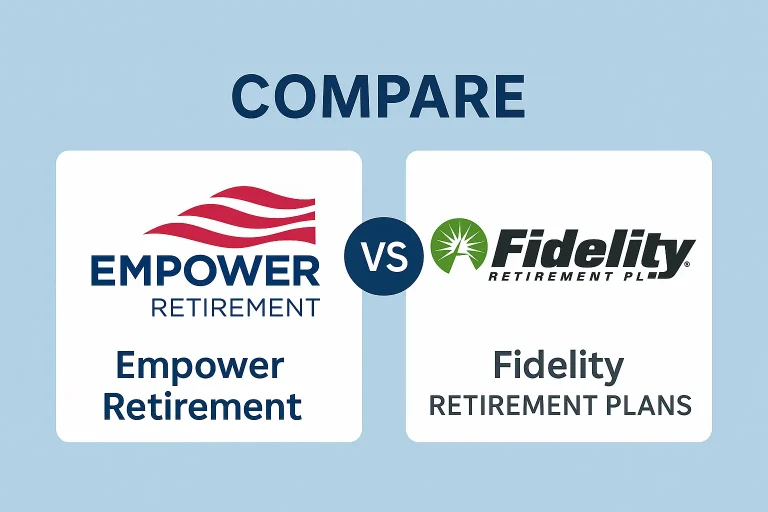How to Capitalize Your 401(k) for Retirement
One key consideration is the capitalize 401k withdrawal rules. Early withdrawals before age 59½ may incur a 10% penalty, while required minimum distributions (RMDs) must begin at age 73. Consulting with financial and tax professionals can help you optimize your withdrawal plan and minimize your tax exposure.
Additionally, planning for longevity and healthcare costs in retirement is essential. The 4% withdrawal rule is a widely accepted strategy, but your specific needs may vary. Maintaining a diversified portfolio and allocating a portion of your assets to cash reserves can help ensure your retirement savings last throughout your lifetime.
FAQ About 401(k) for Retirement
What is a 401(k) plan?
A 401(k) plan is a retirement savings account offered by employers that allows employees to save and invest a portion of their paycheck before taxes are taken out. These contributions and any earnings on them are generally not taxed until the money is withdrawn in retirement.
What are the key advantages of a 401(k) plan?
The key advantages of a 401(k) plan include tax-deferred growth, potential employer matching contributions, and the ability to save more for retirement compared to other retirement accounts.
What are the contribution limits for a 401(k) plan?
The annual contribution limit for a 401(k) plan in 2023 is $ 500,500 plus an additional $ 500 catch-up contribution for those aged 50 and above.
What types of investments are available in a 401(k) plan?
401(k) plans typically offer a variety of investment options, including stocks, bonds, mutual funds, and target-date funds, allowing participants to diversify their portfolio based on their risk tolerance and investment goals.
How can I ensure my 401(k) portfolio is properly diversified?
To ensure proper diversification, it’s important to consider your risk tolerance, time horizon, and financial goals when selecting investment options. Periodically rebalancing your portfolio can also help maintain the desired asset allocation.
What are the benefits of maximizing my 401(k) contributions?
By maximizing your 401(k) contributions, you can benefit from increased tax-deferred growth, potential employer matching, and the opportunity to save more for a comfortable retirement. Additionally, strategies like dollar-cost averaging and taking advantage of catch-up contributions can further enhance your retirement savings.
What are the tax implications of a 401(k) plan?
Contributions to a traditional 401(k) plan are made with pre-tax dollars, resulting in tax-deferred growth. Withdrawals in retirement are then taxed as ordinary income. In contrast, Roth 401(k) contributions are made with after-tax dollars, but qualified withdrawals in retirement are tax-free.
What are some common mistakes to avoid when managing my 401(k)?
Common mistakes include underestimating future retirement needs, ignoring the importance of diversification, and failing to review and update your 401(k) plan periodically to ensure it remains aligned with your retirement goals.
How can I prepare for retirement withdrawals from my 401(k)?
When preparing for retirement withdrawals, it’s important to understand the rules and potential penalties associated with 401(k) and IRA withdrawals. Additionally, creating a withdrawal strategy and planning for long-term care and healthcare costs can help ensure your retirement savings last throughout your lifetime.







